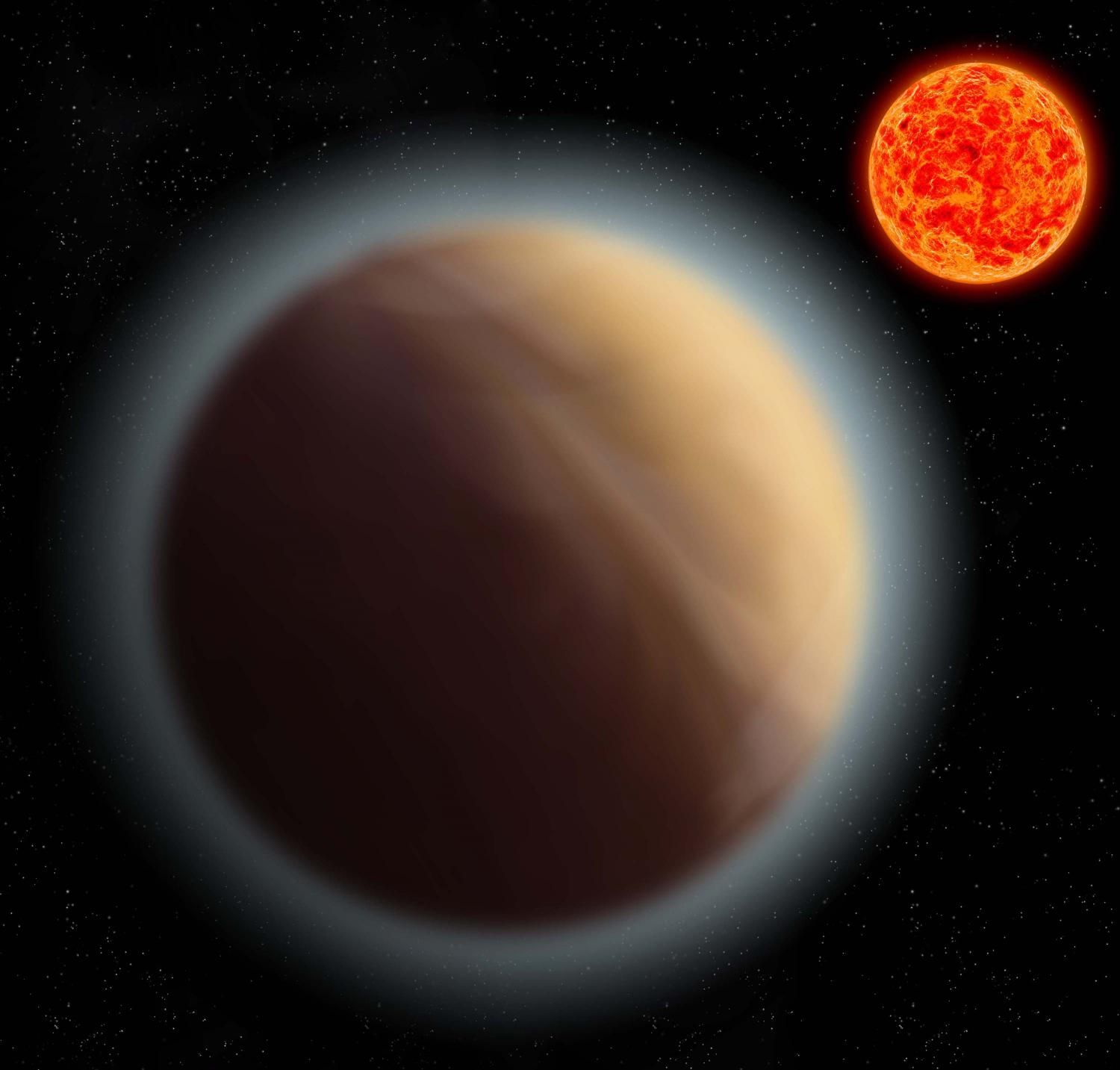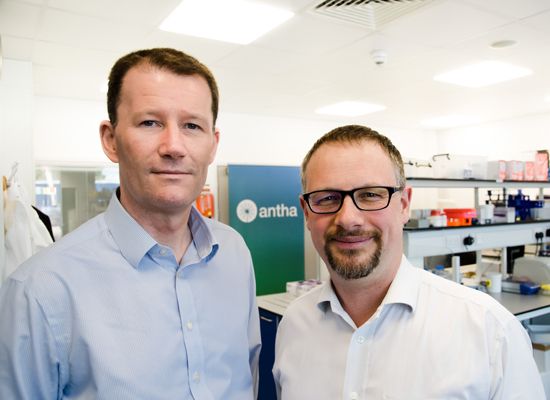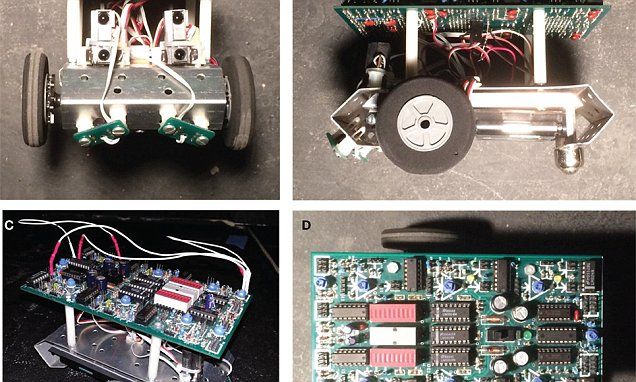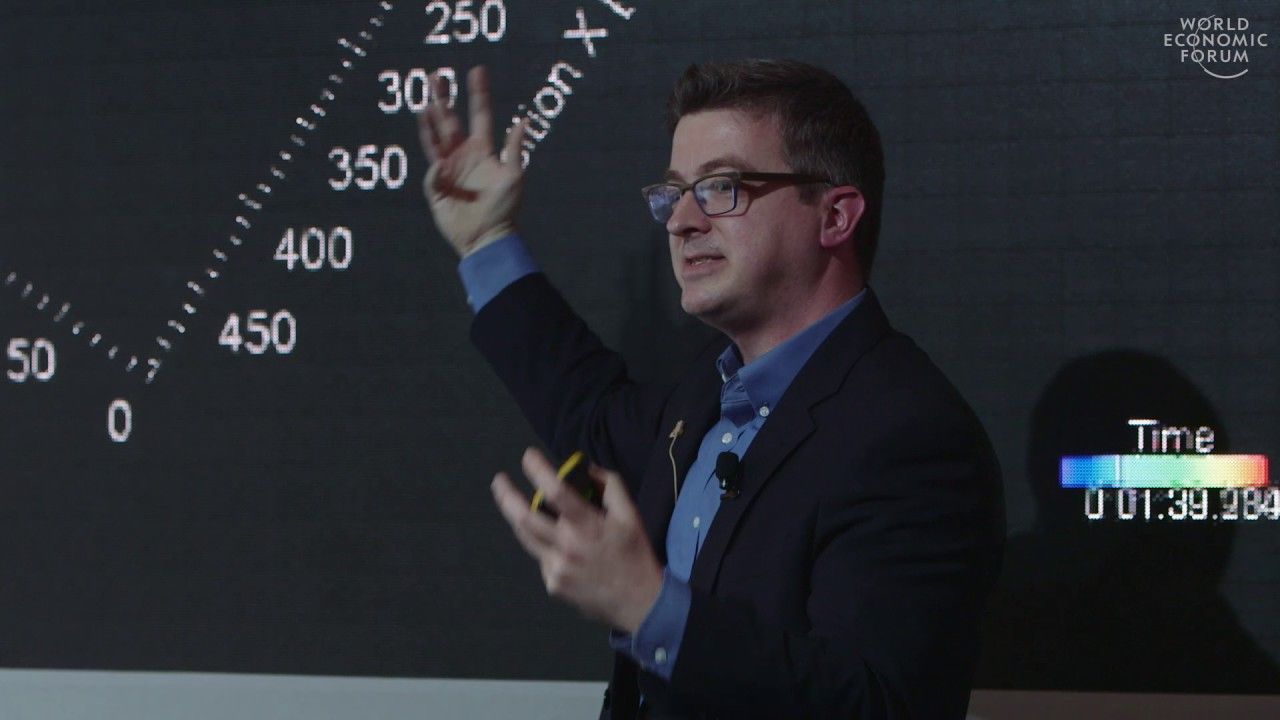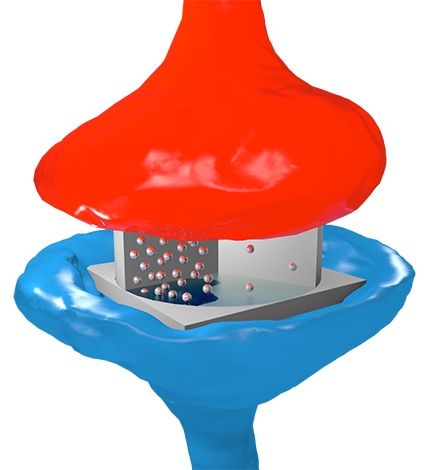Astronomers have detected an atmosphere around the super-Earth GJ 1132b. This marks the first detection of an atmosphere around a low-mass super-Earth, in terms of radius and mass the most Earth-like planet around which an atmosphere has yet been detected. Thus, this is a significant step on the path towards the detection of life on an exoplanet. The team, which includes researchers from the Max Planck Institute for Astronomy, used the 2.2-m ESO/MPG telescope in Chile to take images of the planet’s host star, GJ 1132, and measured the slight decrease in brightness as the planet and its atmosphere absorbed some of the starlight while passing directly in front of their host star.
While it’s not the detection of life on another planet, it’s an important step in the right direction: the detection of an atmosphere around the super-Earth GJ 1132b marks the first time an atmosphere has been detected around a planet with a mass and radius close to Earth’s mass and radius (1.6 Earth masses, 1.4 Earth radii).
Astronomers’ current strategy for finding life on another planet is to detect the chemical composition of that planet’s atmosphere, on the lookout for certain chemical imbalances that require the presence of living organisms as an explanation. In the case of our own Earth, the presence of large amounts of oxygen is such a trace.
